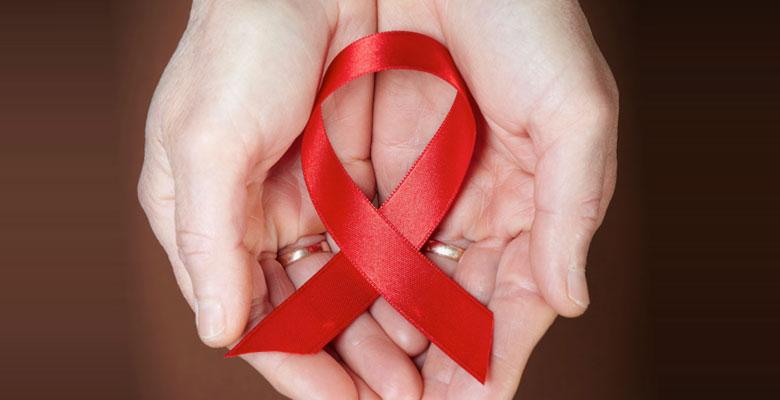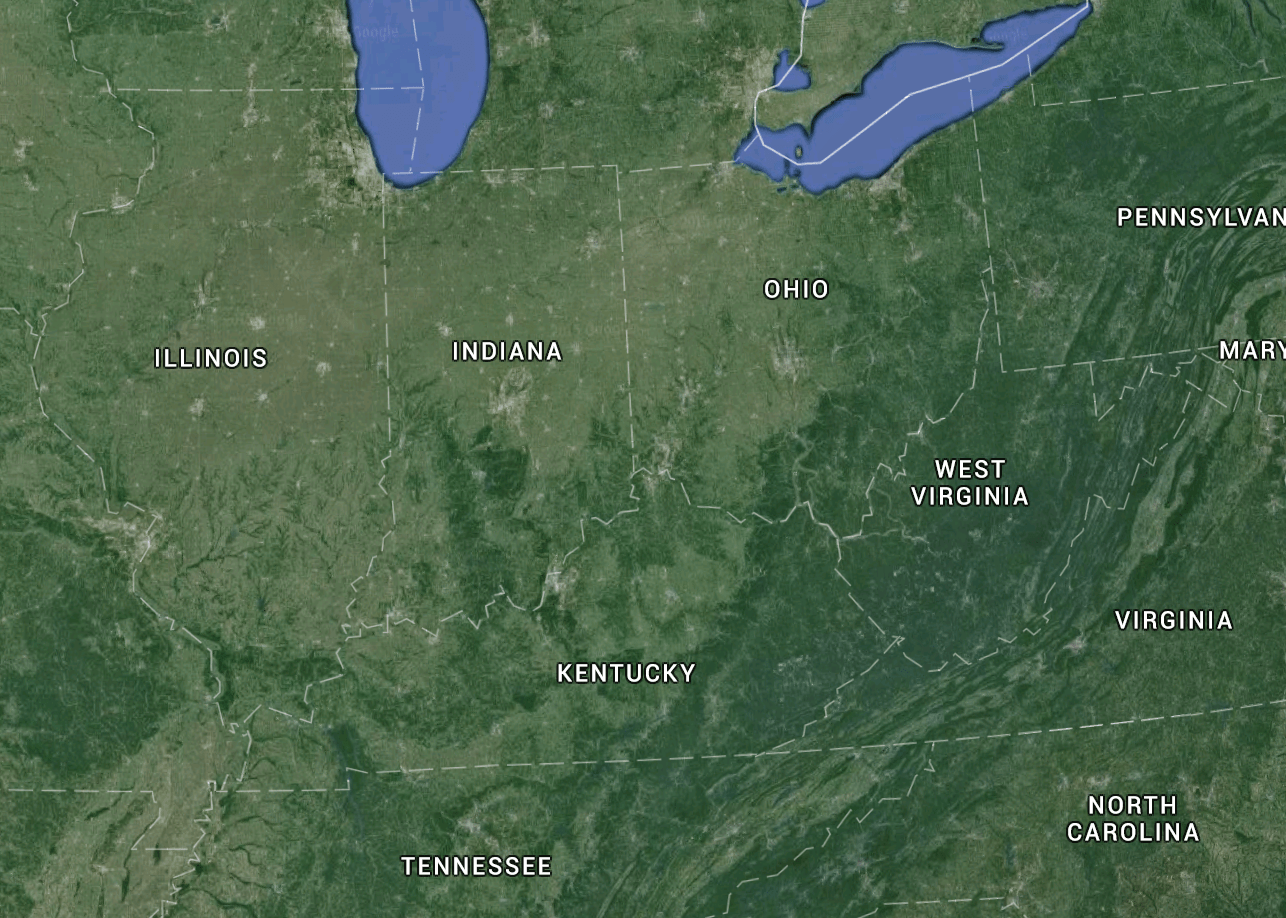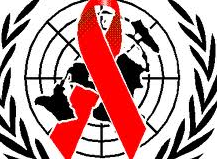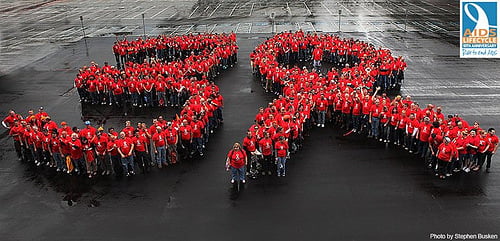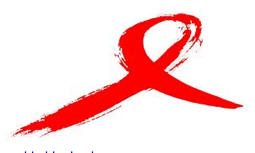If you are looking for some good news, read on. The end of Guinea Worm Global health experts have been anticipating the end of Guinea Worm for a long time, and 92-year-old President Jimmy Carter has famously vowed that the last...
A community in rural Indiana is beset by an outbreak of HIV. The virus has spread quickly among users of the drug Opana, a prescription opiate. Now a small town with the population of 4,200 is the epicenter of the...
The story of AIDS right now is overwhelmingly positive. It turns out that as a species we can come together for the global good to fight our common enemies.
Climate change, population growth, and new technology are changing our planet, fast. At some point, we’ll change just enough to create the conditions for the next massive infectious disease.
For World AIDS Day, UNICEF released their fifth annual stock-taking report looking at the current state of HIV among children and young people. Overall, the number of people getting care and treatment is on the rise, but it’s still not high enough to stop the epidemic.
Thailand's "Mr. Condom," Mechai Viravaidya discusses his country's very successful public health campaign around condom usage during the TedXChange event. Penile Puns and vaguely inappropriate language abound.
By Harold Pollack, the Helen Ross Professor at the School of Social Service Administration and faculty chair of the Center for Health Administration Studies at the University of Chicago.
Malawi is facing an ugly AIDS treatment dilemma. They Ministry of Health has decided to change national treatment standards to meet WHO guidelines for optimal HIV care. That means adding new drugs to the treatment regimen and starting HIV treatment when a patient’s CD4 count, a measure of immune system strength, drops below 350 rather than waiting for it to sink to 200. It will also cost three times as much.
Miller-McCune magazine just published a nice article about the changing global role of HIV funding. There is nothing new or radical in the article, but they’ve pulled together a lot of information in a useful, readable way. It’s well worth reading if you’re unfamiliar with the saga of AIDS funding or want a refresher that’s full of vivid imagery.
